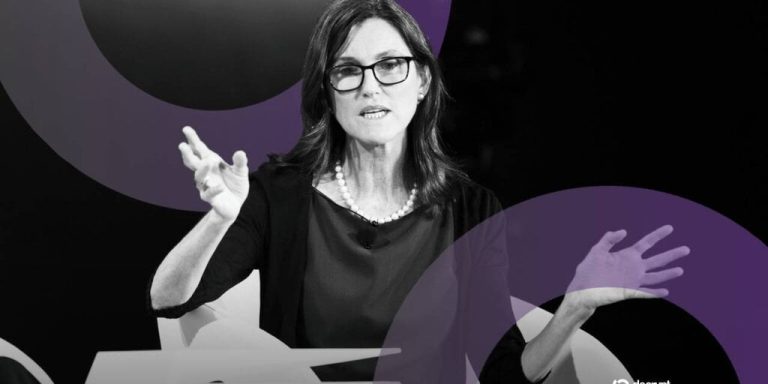
Smart Cities: Urban Trends for 2025
Smart Cities, the concept of urban planning and development that integrates technology and innovation to create sustainable, efficient, and livable cities, is becoming increasingly important. As we approach 2025, it’s essential to explore the latest trends and developments in smart city technology.
Introduction to Smart Cities
Smart Cities use data and technology to manage and improve urban systems, enhancing the quality of life for citizens. This includes energy management, transportation, waste management, and public safety. With the global population projected to reach 9.7 billion by 2050, the need for sustainable and efficient urban planning has never been more pressing.
Urban Trends for 2025
As we look to the future, several key trends are emerging in the development of smart cities. These include:
- Sustainable Infrastructure: Cities are investing in green infrastructure, such as parks, green roofs, and green spaces, to mitigate the urban heat island effect and improve air quality.
- Innovative Transportation Systems: Electric and self-driving vehicles, smart traffic management, and hyperloop systems are revolutionizing urban transportation.
- Energy Efficiency: Smart grids, renewable energy sources, and energy-efficient buildings are reducing energy consumption and greenhouse gas emissions.
- Smart Waste Management: Advanced waste management systems, including recycling and composting, are minimizing waste and promoting a circular economy.
- Public Safety and Security: Intelligent surveillance systems, emergency response systems, and data analytics are enhancing public safety and security.
Case Studies
Several cities around the world are already implementing smart city initiatives, including:
- Singapore: Singapore’s Smart Nation initiative aims to create a more livable, sustainable, and competitive city through technology and innovation.
- Barcelona: Barcelona’s Smart City initiative focuses on energy efficiency, transportation, and public safety, with a strong emphasis on citizen participation.
- Copenhagen: Copenhagen’s Carbon Neutral 2025 plan aims to reduce carbon emissions by 80% through sustainable energy, transportation, and waste management.
Conclusion
Smart cities are the future of urban development, and 2025 will be a critical year for the implementation of smart city technology. As cities continue to grow and evolve, it’s essential to prioritize sustainability, efficiency, and livability. By embracing innovative technologies and trends, cities can create a better future for their citizens and the environment.




